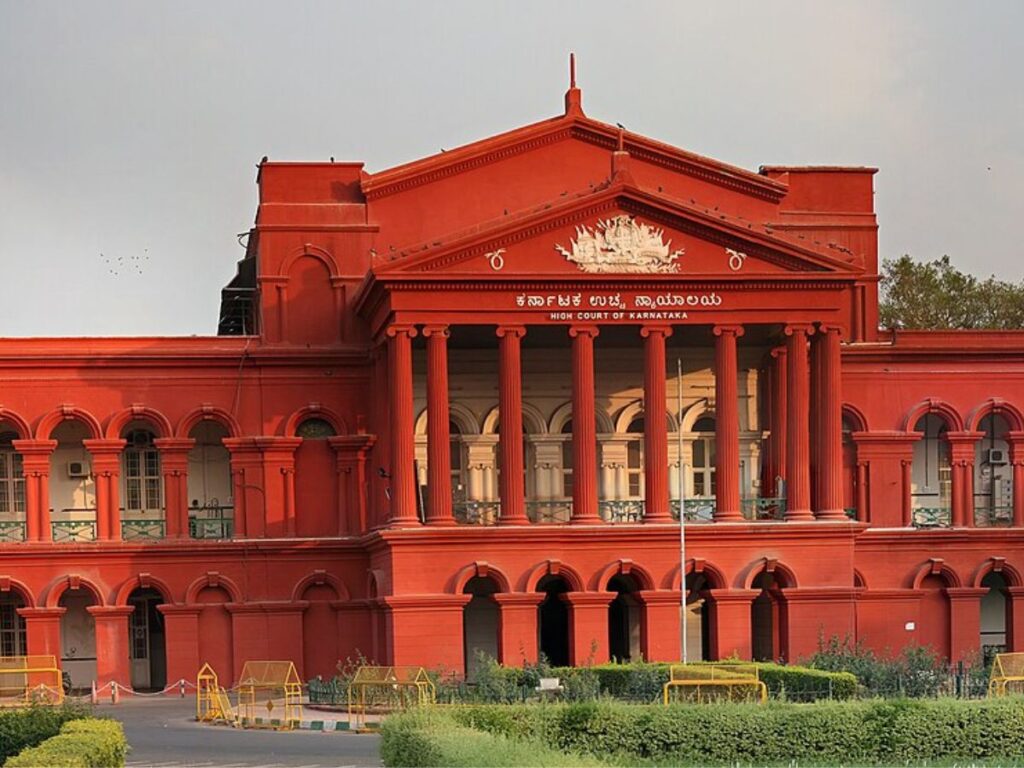Now Reading: Gold Prices Remain Rangebound as Markets Await RBI MPC Decision and US Jobs Data
-
01
Gold Prices Remain Rangebound as Markets Await RBI MPC Decision and US Jobs Data
Gold Prices Remain Rangebound as Markets Await RBI MPC Decision and US Jobs Data

Gold prices in India are moving within a narrow range as investors remain cautious ahead of two key economic events—the Reserve Bank of India’s Monetary Policy Committee (MPC) meeting and the release of US non-farm payroll data. These developments are expected to offer cues on the future path of interest rates, both domestically and globally, which will impact gold’s short-term direction.
A Quiet Phase for Gold Prices
After witnessing fluctuations in May, gold has entered a consolidation phase in early June. The price of 24-carat gold in major cities like Mumbai and Delhi has remained largely steady, while Tier 2 cities such as Nagpur, Indore, and Jaipur have also reported minimal change in local bullion markets.
Analysts believe the lack of momentum is due to investor wait-and-watch sentiment ahead of monetary policy updates.
RBI’s MPC Meeting: What to Expect?
The RBI’s six-member Monetary Policy Committee is scheduled to meet this week. While no immediate change in interest rates is widely expected, traders are closely watching for the RBI’s tone and commentary on inflation, liquidity, and global uncertainties.
Any signal of tighter monetary policy could reduce gold’s appeal as an investment, as rising interest rates typically strengthen the rupee and make non-yielding assets like gold less attractive.
Global Spotlight on US Payroll Data
Internationally, gold markets are also looking towards the upcoming US non-farm payroll report. The data will provide fresh insight into the strength of the American labour market, influencing expectations on the US Federal Reserve’s future rate decisions.
A strong jobs report could weigh on gold prices by increasing the likelihood of continued high interest rates, while weak data may boost gold as a safe-haven asset.
Gold’s Role in Indian Households
In India, gold remains both a cultural symbol and a financial hedge, particularly in Tier 2 and Tier 3 cities where it continues to be a preferred form of savings and investment. For many households, stable or slightly lower prices could be an opportunity to purchase ahead of the upcoming festive and wedding season.
Jewellers and small traders in cities like Surat, Ranchi, and Vijayawada have reported steady footfall but low volumes as customers await price clarity.
Conclusion: Caution Before the Clarity
As global and domestic financial markets await direction, gold is likely to remain rangebound in the near term. Both the RBI’s guidance and US economic indicators will play a crucial role in shaping investor sentiment.
For Indian consumers, especially in smaller cities, the current pause may offer a short window of price stability—before the next wave of data either sends gold higher or pulls it lower.























